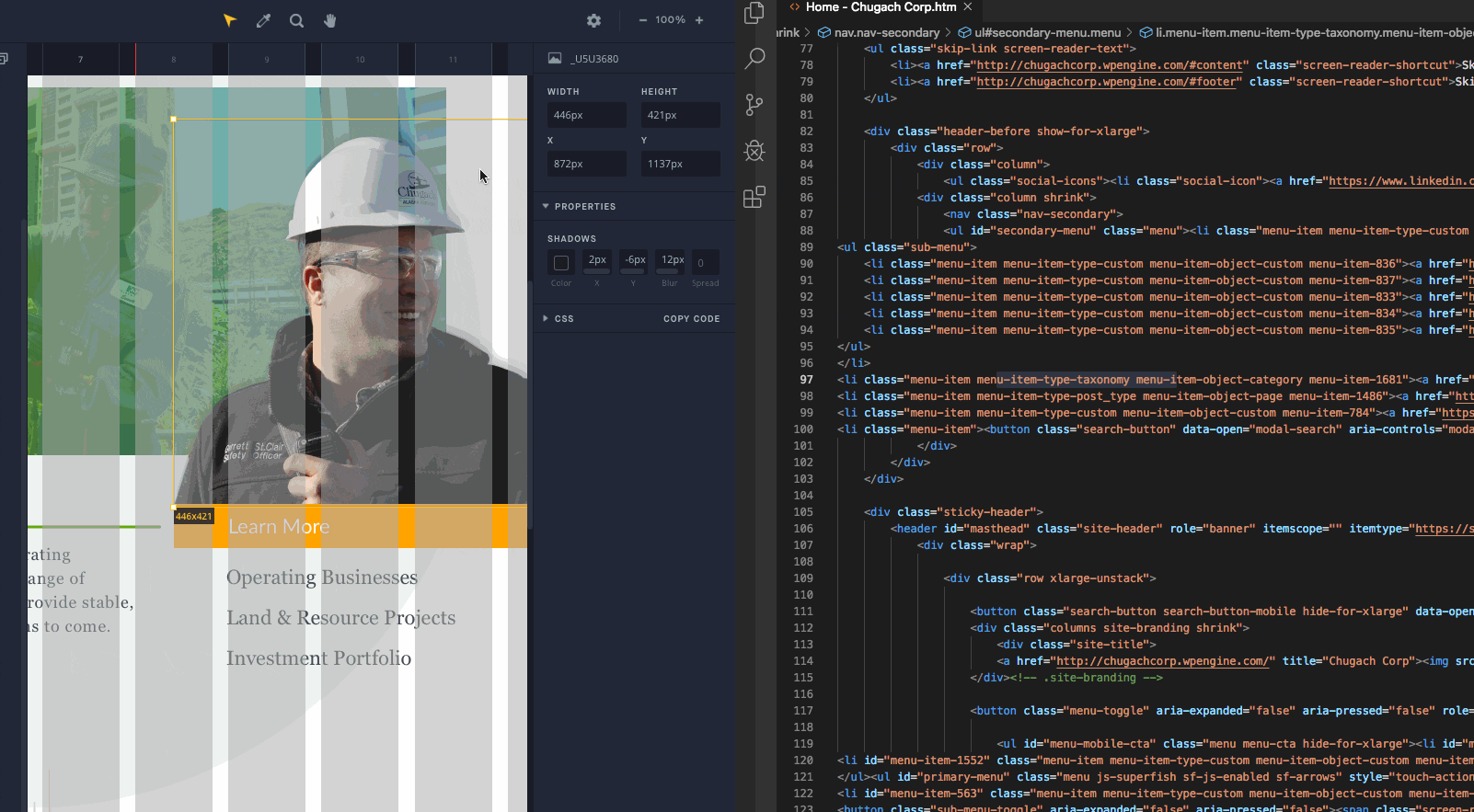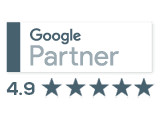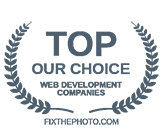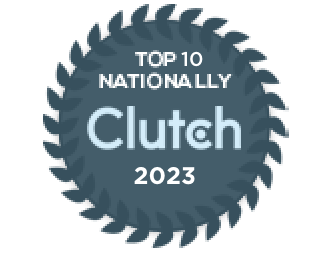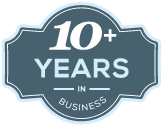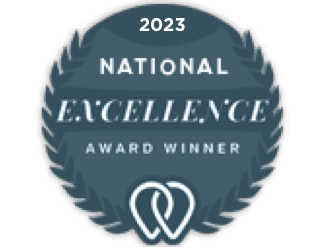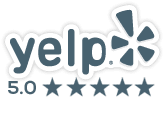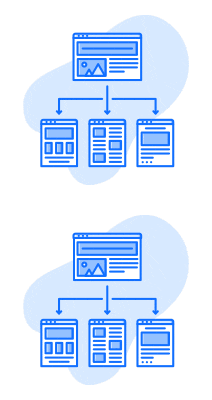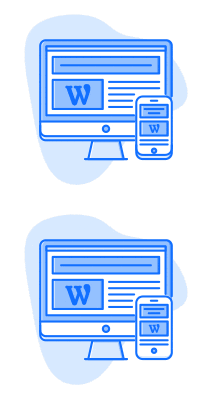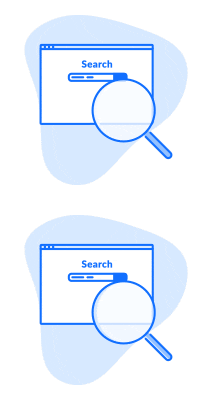Position Your Educational Brand
B2C educational websites should answer key questions right as your target audience shows up. These might be superintendents, directors of curriculum, parents, or self-taught individuals looking for tips and teachers. The challenge is how do you tell them about everything you offer in a concise, uncluttered way? The goal for any educational site is to build awareness, generate leads, and nurture them towards conversion, while maintaining a support and results-driven brand voice.
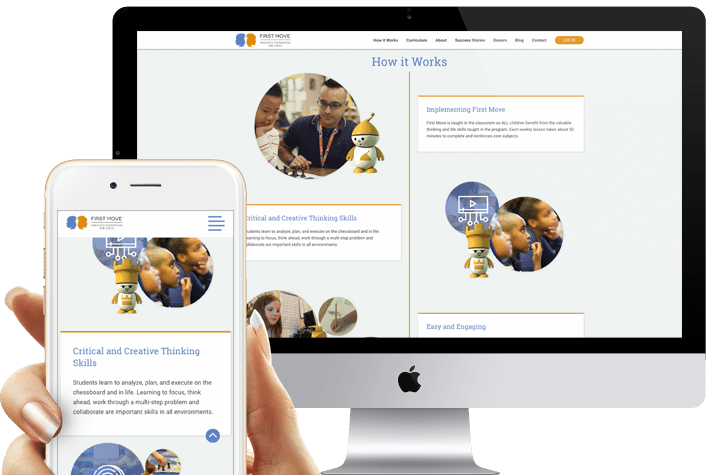
Provide Courses for Each Persona
Educational websites’ different visitor types are each looking for slightly different angles on your offerings. For example, students may be looking for the coursework directly, whereas educators would look for curriculum and educator logins, and parents could be looking for benefits of the classes for their children and case studies proving the school’s efficacy. It can go much deeper, which is why it’s best to partner with education website design Seattle who can perform persona research and build pathways for each to follow.
Learn the Right Keywords
“X courses” and “how to learn X” type searches are among the most popular in Google—everyone’s trying to learn more. B2C educational websites should be rich with the keywords that are most relevant to their courses so that prospective students, parents, and schools can locate them right away. If you don’t, somebody else will win with that free traffic. Partner with a web developer who can conduct thorough keyword research and find both the top level keywords, and the “long-tail” keywords which get less volume of searches, but are more specific and more likely to result in a searcher becoming a customer.
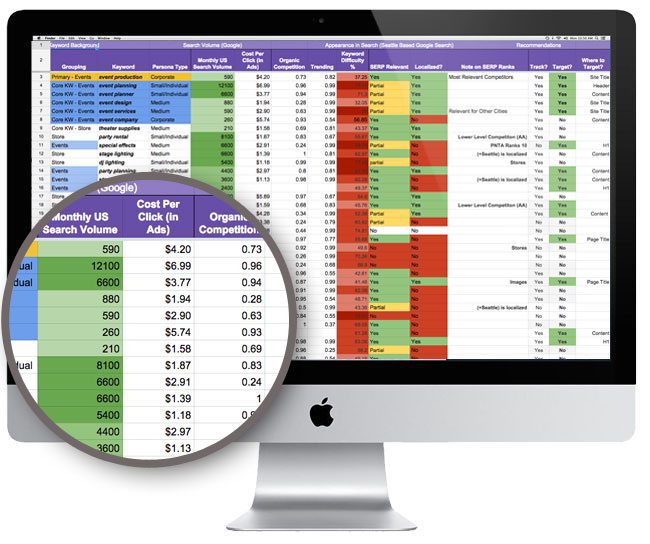
Build Authority with Resources & Blogs
As an educator, you must have great resources and a lot to say. A resource center presents an opportunity to introduce new people to the brand and drive interest in the programs and services described in the content. Some types of content might be white papers and executive summaries that require school administrators and other high level buyers to provide an email to access, building out your email marketing list.
As for your blog, it should serve as a means to tell stories about students, parents, coaches, and how they interact with your brand’s program. Rather than being a home for press release type posts or general news about the program, the blog is best served if it presents the personal side of what you do. If posts are captivating enough, they can get shared through social media, introducing your brand’s story to even more people.

Describe the Programs on Offer
Pages that describe your products, services, and programs are at the consideration level of the marketing funnel. Visitors are interested in the promise made by a blog or the home page, and want to drill down to learn exactly what they’d get by working with you.The goal of program pages should be to help students and parents make an educated decision about enrolling in any of the programs offered without having to speak to someone by phone or email.
How to organize your pages to answer visitors’ questions:
Above the fold
“Why should I care?”
“What is it?”
“Who’s it for?”
In the Body
“How will it improve my life?”
“How does it work?”
“Why should I trust you?
At the Bottom
“What’s next?”
“How do I get started?”

Highlight Success Stories & Reviews
This content demonstrates your brand’s effectiveness by showcasing exactly how you helped other students and schools. All visitors to your site will be interested in this content, as the main thing they’re worried about is results. Definitively answer “How does my brand teach critical thinking and social skills” with “See for yourself!”
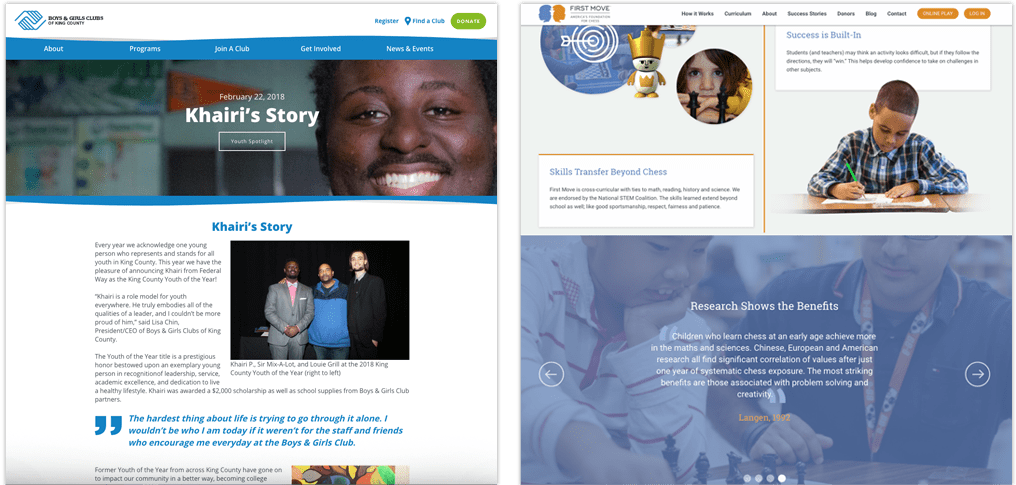
Get Personal with About Pages
About pages are at the intent and evaluation level of the marketing funnel, drawing in visitors who like what you have to say, and now want to see if they like the person saying it. They’re the 2nd most popular page on any site, so the content must be top of its class. The primary goal is to build trust and accurately communicate your organization’s mission, vision, and values. Share details like its history, accreditations, and associations, and include leader and employee bios and personal stories to connect with readers. By the time they’re done reading these pages, visitors should feel confident that they know who your brand and its team are, and want to get to know you all better.
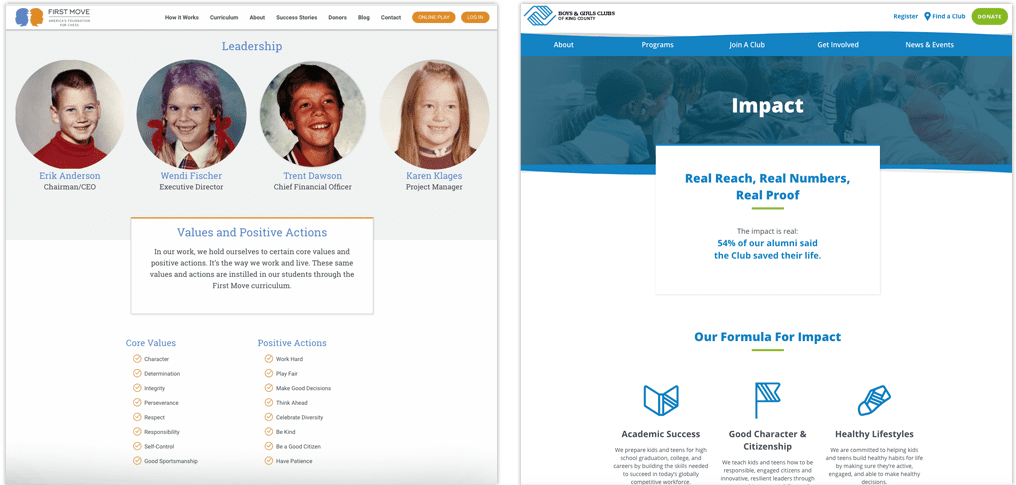
Build a Strong Backend
Whether you’re managing payments, hosting courses, or simply accepting lead forms, you need to make sure your education website has solid technology on the backend supporting the frontend that site visitors see. In many cases, education businesses have the most complex backends, needing to tie directly into learning management systems (LMS) that handle class progression and grading as students go.
